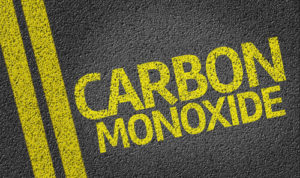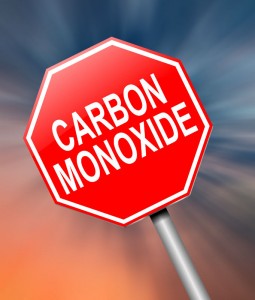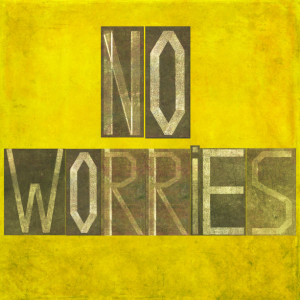Carbon Monoxide Poisoning
Carbon Monoxide is a real danger and the cause of 20,000 exposure-related ER visits per year in America alone. You can’t smell it, see it, or taste it. It is called the silent killer because people can be poisoned suddenly, or over time and never realize it. Symptoms are similar to the common cold or flu, so it’s often overlooked. Because it is almost undetectable, the best way to prevent poisoning is to prevent carbon monoxide intrusion.
poisoning is to prevent carbon monoxide intrusion.
Carbon Monoxide (CO) is produced naturally any time fuel is burned. Your fireplace produces it at high rates while a fire is burning, and your chimney vents it. It’s when the chimney isn’t working properly that intrusion can occur.
A Draft Problem
If your fireplace is smoky, you have a draft problem. This means the chimney isn’t venting properly, and smoke along with other toxins, including carbon monoxide are entering the home.
Firebox Damage
Damage to the masonry of the fireplace can allow carbon monoxide intrusion into the home. Holes and cracks in mortar can allow smoke and vapors through into the home.
Missing or Damaged Liner
If the liner becomes damaged or is missing, the gases in the chimney will penetrate the porous masonry of the chimney and enter your home.
A Clogged or Damaged Dryer Vent
The chimney is not the only ventilation system in your house that vents a heat appliance. Clothes dryers also produce carbon monoxide which can lead to CO poisoning if the dryer vent is damaged or clogged.
Preventing Carbon Monoxide Intrusion
- Keep your chimney and fireplace maintained properly. This includes scheduling regular chimney sweeps and annual inspections to insure your chimney is venting properly at it’s safest and highest efficiency. At these important service appointments a certified chimney sweep will get a good look at your entire system, clean it up, and offer a detailed report of necessary repairs and actions.
- Burn only properly seasoned wood so that your chimney system is more efficient.
- Make sure the damper is opened when the fireplace is in use. If the damper becomes damaged or stuck closed, do not burn a fire until the damper assembly is closed. The damper can cause smoke and carbon monoxide to push into the home instead of up the chimney.
- Check your gas fireplace monthly: visually check hinges, bolts, and gaskets that are designed to prevent smoke and carbon monoxide from entering the home while your gas fireplace is burning.
- Check your dryer vents regularly for leaks and clogs. Have them professionally installed and within code regulations. It is recommended to have dryer vents cleaned annually.
- Purchase and install a carbon monoxide detector. This simple and inexpensive action may save the lives of your loved ones.
As with anything else, it is best to prevent carbon monoxide poisoning than to treat it. A slow leak can cause organ damage over time that is irreparable. A large leak can cause sudden death. Prevention is key.
If you’re not certain your home is safe from carbon monoxide poisoning, contact Chief Chimney Services today for expert advice and swift service.



